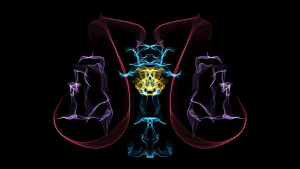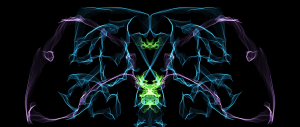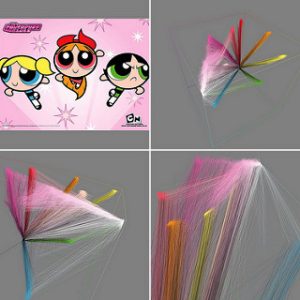karinac-Project-03
var bgRed = 0;
var bgGreen = 0;
var bgBlue = 64;
function setup() {
createCanvas(600,400);
drawSky();
}
function drawSky() {
background(bgRed,bgGreen,bgBlue);
var bgX = mouseX
if (bgX > 200 & bgX < 400) {
bgX = 200
}
if (bgX >= 400) {
bgX = 200 - (mouseX-400)
}
bgRed = bgX*((187-0)/200) + 0;
bgGreen = bgX*((228-0)/200) + 0;
bgBlue = bgX*((248-64)/200) + 64;
window.setInterval(drawSky, 100);
}
function draw() {
var sunSize = 0.4*mouseX
var sunX = mouseX
var sunY = 80 + 0.0033*Math.pow(sunX-300,2)
if (sunX <= 50) {
sunX = 50
}
if (sunX >= 550) {
sunX = 550
}
fill(255,201,14);
noStroke();
ellipseMode(CENTER);
ellipse(sunX,sunY,sunSize,sunSize);
fill(0);
noStroke();
rect(0,height-200,45,200);
rect(50,height-250,75,250);
rect(55,height-260,65,10);
rect(60,height-270,55,10);
rect(65,height-280,45,10);
triangle(475,height-220,525,800,575,height-200);
triangle(482,height-240,525,650,570,height-260);
triangle(487,height-280,525,500,562,height-270);
rect(150,height-110,200,110);
rect(160,height-125,180,125);
rect(165,height-130,170,130);
ellipseMode(CENTER);
ellipse(250,height-130,160,130);
rect(240,height-198,20,10);
rect(248,170,5,100);
rect(0,height-150,100,150);
rect(100,height-100,100,100);
rect(350,height-220,70,220);
rect(380,height-300,50,325);
rect(420,height-200,20,200);
rect(440,height-120,60,120);
rect(520,height-150,80,150);
fill(240);
rect(388,120,22,5);
rect(388,130,34,5);
rect(388,140,34,5);
rect(60,160,5,5);
rect(70,160,5,5);
rect(80,180,5,5);
rect(90,180,5,5);
rect(100,180,5,5);
rect(110,180,5,5);
rect(70,190,5,5);
rect(110,190,5,5);
rect(100,200,5,5);
rect(110,200,5,5);
rect(60,220,5,5);
rect(70,220,5,5);
rect(90,220,5,5);
rect(110,230,5,5);
rect(60,240,5,5);
rect(80,240,5,5);
rect(90,240,5,5);
rect(100,240,5,5);
rect(180,282,20,3);
rect(210,282,20,3);
rect(240,282,20,3);
rect(270,282,20,3);
rect(300,282,20,3);
rect(490,200,10,20);
rect(530,210,5,5);
rect(540,210,5,5);
rect(550,210,5,5);
rect(520,220,5,5);
rect(530,220,5,5);
rect(510,240,5,5);
rect(540,240,5,5);
rect(550,240,5,5);
rect(490,170,5,5);
rect(500,170,5,5);
rect(530,170,5,5);
rect(550,170,5,5);
rect(540,160,5,5);
rect(550,160,5,5);
rect(500,140,5,5);
rect(510,140,5,5);
rect(360,190,5,15);
rect(370,210,5,15);
rect(370,230,5,15);
}
The part I struggled with the most was definitely trying to come up with equations for the parabolic pathway of the sun as well as the color equation for the sky. After a lot of trial and error on paper, I was finally able to come up with something and transfer it to the computer and work from there.


![[OLD FALL 2017] 15-104 • Introduction to Computing for Creative Practice](../../../../wp-content/uploads/2020/08/stop-banner.png)


